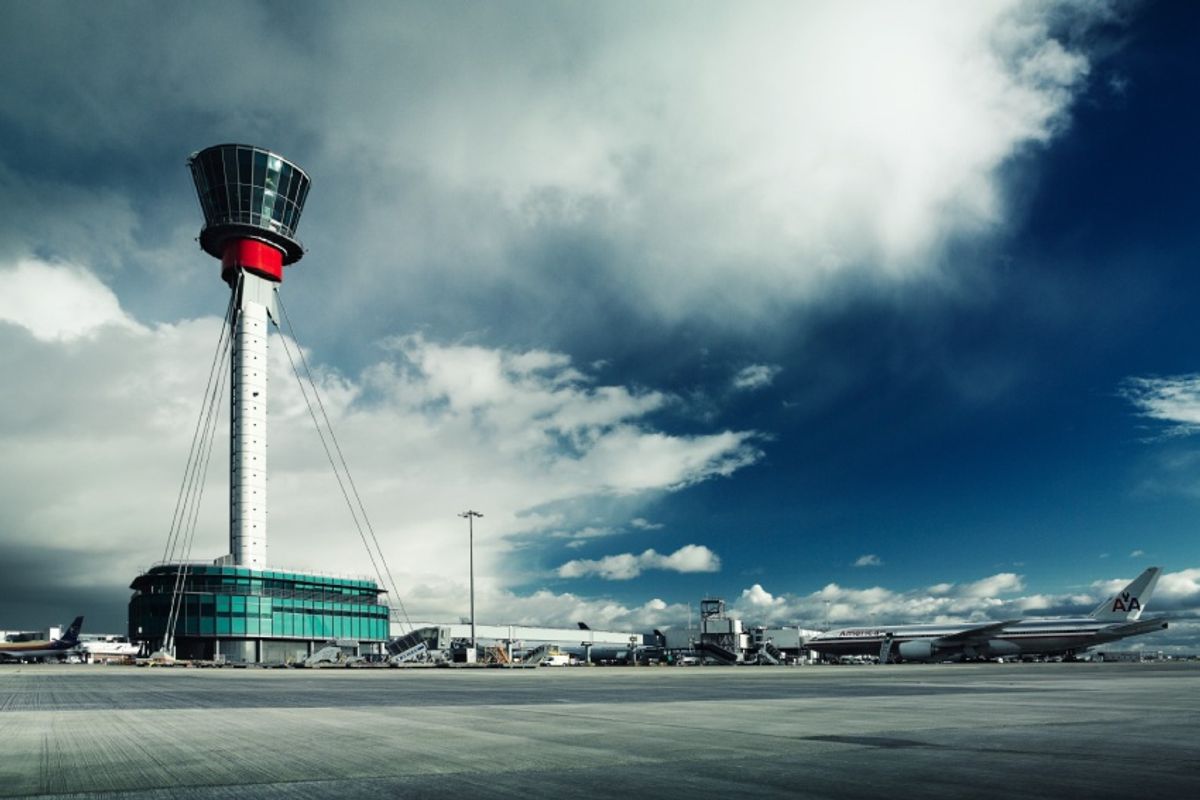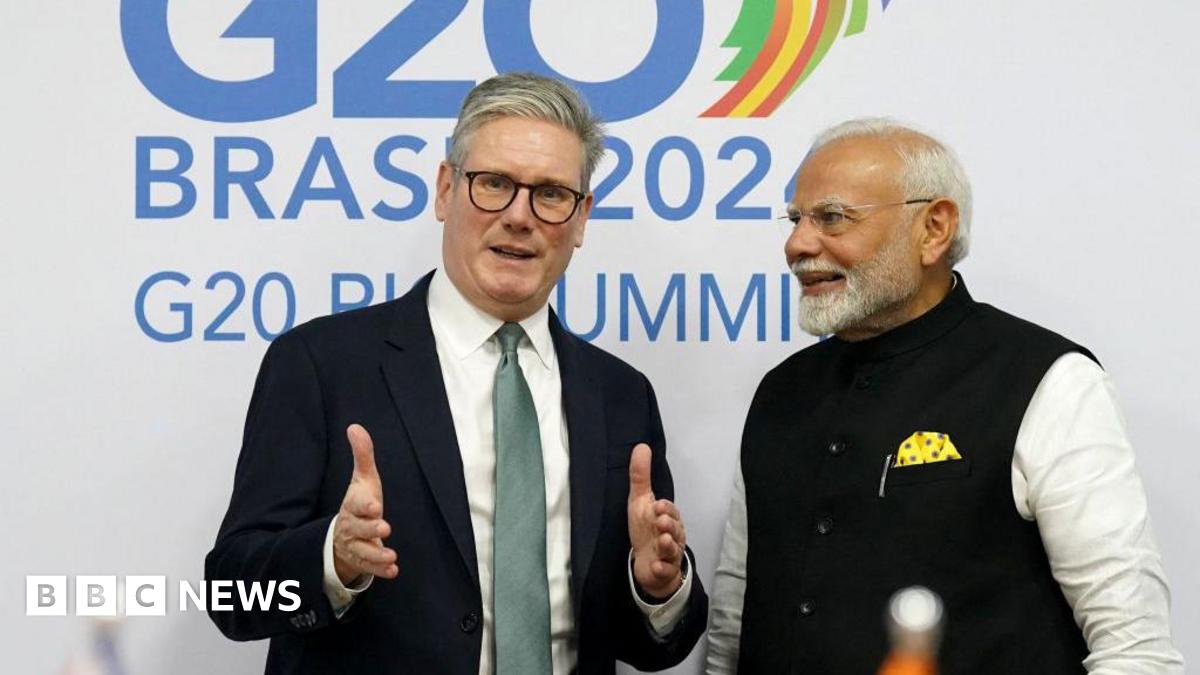UK government backs third runway at Heathrow

The UK government has backed a proposal to add a third runway at London Heathrow, UK Chancellor Rachel Reeves confirmed on Wednesday (29 January).
The move is set to boost capacity at the UK’s busiest airport, but has been lambasted by environmental groups, who have criticised airport expansion as contradictory to the government’s climate commitments. The business travel and aviation sectors have welcomed the decision, but also warned that growth must align with wider net-zero goals.
In a major speech covering the government’s plans to deliver economic growth, Reeves said the question of whether to give Heathrow a third runway has been “delayed, avoided and ducked” for decades, and stressed the current Labour government is “taking a totally different approach to airport expansion”.
“I’ve always been clear that a third runway at Heathrow would unlock further growth, boost investments, increase exports and make the UK more open and more connected. And now the case is stronger than ever,” she said. “I can confirm today that this government supports a third runway at Heathrow and is inviting proposals to be brought forward by the summer.”
She continued: “We will then take forward a full assessment through the airport national policy statements. This will ensure that the project is value for money and… that a third runway is delivered in line with our legal, environmental and climate objectives.
“Heathrow themselves are clear that their proposal for expansion will meet strict rules on noise, air quality and carbon emissions, and we are already making great strides in transitioning to cleaner and greener aviation,” she said, referring to the government’s recently introduced SAF Blending Mandate.
The current Labour government has already given its support to expansion projects at London City and Stansted airports, with Reeves stating on Wednesday that two additional “live decisions” on Luton and Gatwick will be made “shortly” by transport secretary Heidi Alexander.
Plans for a third runway at Heathrow have been in place since 2003, with the project becoming something of political hot potato after previous government support – in 2003, 2009 and 2018 – was abandoned following protest from local and environmental groups.
Reeves’ announcement comes after Heathrow reported ‘record’ passenger growth in 2024 and was the fourth busiest airport globally last year (by the number of scheduled seats available), according to aviation analytics firm Cirium.
Capacity at the airport is currently capped at 480,000 flights per year, but an additional runway could see that increase to 720,000. The major infrastructure project will be privately funded and is expected to take a decade to complete before the runway is operational.
Reeves in her speech also announced that the government plans to invest £63 million into its Advanced Fuels Fund “over the next year”. The government will also deliver a ‘revenue certainty mechanism’ to encourage greater investment in alternative fuels by adopting a Guaranteed Strike Price.
Response from the business travel industry:
Julia Lo Bue-Said, CEO of TMC network Advantage Travel Partnership, said government support for “essential infrastructure growth” will “significantly improve the passenger experience for both leisure and business travellers with a wider range of departures, increased competition for pricing, and reduced congestion and delays”.
Clive Wratten, CEO of the Business Travel Association (BTA) also welcomed the addition of a third runway at Heathrow, which he said, “will enable the UK to compete on an equal footing with leading global connectivity hubs such as Paris’ Charles de Gaulle airport in France and Frankfurt airport in Germany who both boast four runways”.
He stressed, however, that the airport’s expansion “cannot be made in silo”.
“Improved transport services to and from airports as well as investment in regional transport should be prioritised. These expansions play a fundamental role in future proofing the UK’s multi-modal transportation network, seamlessly connecting air, rail, and road,” he said.
Similarly, Mark Tanzer, CEO of travel trade association ABTA, praised the government’s decision, but cautioned the industry needs government support – both in policy and finance – to boost domestic production and uptake of alternative aviation fuel.
“The travel industry is making good progress in these areas, but the decision on airport expansion today brings back into focus the need for the sector to work with government so that we both deliver growth and contribute to the UK’s roadmap to net-zero,” he said.
Ian Sinderson, CEO at UK-based travel management company ATPI, said the UK government’s decision to back expansion at Heathrow, Gatwick and Luton “marks a major, positive shift for the future of business travel”, adding that Heathrow served more than 103,000 of the TMC’s clients in 2024.
Sinderson believes a third runway will “help alleviate current capacity pressures and future-proof infrastructure for increasing demand, especially as airlines shift to smaller, more fuel-efficient aircraft”.
He argued that aviation growth and positive climate action are not mutually exclusive.
“With sustainable aviation technology advancing rapidly and new sustainability reporting directives requiring businesses to demonstrate active efforts in reducing emissions, the UK has a unique opportunity. By aligning responsible infrastructure expansion with net-zero ambitions, it can lead the way in creating a more connected and sustainable future for business travel,” he said.
Meanwhile, Tim Alderslade, CEO of Airlines UK, the industry body representing UK-registered carriers, said: “Airlines support more airport capacity to grow the economy and foster trade but expansion must be affordable, improve operational resilience for passengers and freight, and be compatible with our net zero commitments.
“Airlines are making progress towards net zero and the industry now needs government help to align any additional capacity with further policy support to incentivise the production of SAF and deliver urgent modernisation of airspace as quickly as possible.”










